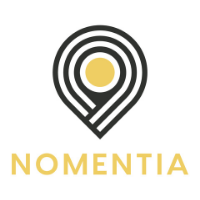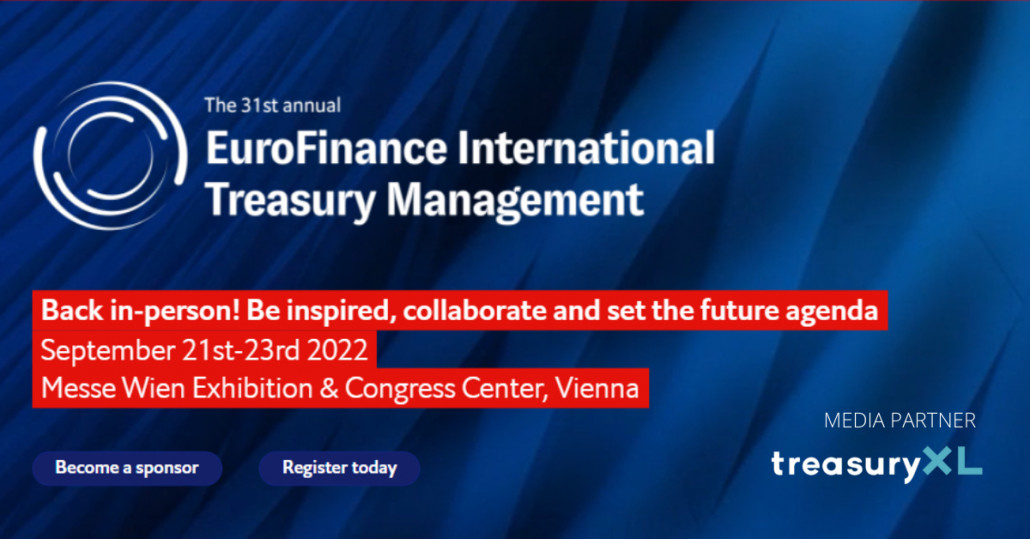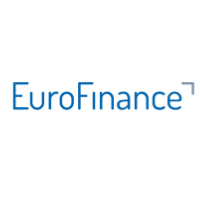The future of money is digital, according to a new global CBDC index from Price Waterhouse Cooper (PwC). This year’s Index shows that central banks are “ramping up” activity in the digital currency space. It is estimated that more than 80% of central banks worldwide are considering launching a central bank digital currency (CBDC), which some have already done so.
Before introducing their CBDC there are however many challenges and considerations to cover, ranging from cybersecurity and privacy concerns to the impact on financial markets and legislation. But the most fundamental one is: what may CBDCs bring for banks? Should they worry or is this an opportunity for them?
Introducing CBDCs may pose potential risks to the banking sector. How are central banks acting to mitigate those risks. What design is most suited for banks? And if well designed how would the future of banks look like.
Challenges and risks for banks
Despite having potential advantages, there are also various risks associated with CBDCs that could harm financial stability if not well designed. According to research, risks to financial stability depend on the take-up or rate of adoption, of a CBDC as well as bank funding, lending and resilience. If take-up is too fast, it could throw the existing financial and banking systems out of balance, a recent BIS report says.
Banking system disintermediation
The question of whether – and to what extent – CBDCs could pose risks to financial intermediation is central to the present debate. With the ability to provide digital currency directly to its citizens, it is widely viewed that if not well designed CBDCs could crowd out bank deposits and payment activities, as depositors would shift out of the banking system.
Bank runs
But there is also the possibility of digital bank runs. CBDCs would provide consumers access to a safe asset that – unlike cash – could potentially be held in large volumes, in the absence of safeguards, and at no cost. In the event of a banking crisis consumers could withdraw their savings from commercial banks and put them into safer CBDCs. If a bank has problems (be they technical or financial), customers with easy access CBDC wallets could trigger a run on the bank even if the problems are temporary. Such runs could even be self-fulfilling, leading to savers reducing their bank deposits and thereby amplifying volatility in normal times too.
Increase in funding costs
And there is the prevailing fear that the use of any CBDC would require a shift of funds out of bank deposits and into digital cash. Should CBDCs rapidly replace bank deposits, they could reduce banks’ ability to lend, leading to instability in the financial system. Without bank deposits, banks won’t have the funds to issue loans that help them make money. If customers move their money from commercial banks to CBDCs then this reduction in the deposits at commercial banks could make the cost of funding loans more expensive with knock-on impacts to the availability of credit for retail and corporate customers.
Weaken balance sheet position
While customers may deem the safety, liquidity, solvability, and publicity of CBDCs to be more attractive, this may weak the balance sheet position of commercial banks. An unconstrained CBDC could potentially have an impact on the funding structure of banks, with potential implications for financing conditions.
CBDCs could thereby interfere with the way in which nowadays credit lines and deposits complement each other. This would make funding more unstable and costly, reducing a bank’s profitability. Replacing deposit funding with central bank funding could exacerbate frictions. Greater recourse to central bank credit could increase collateral scarcity. This could affect banks in asymmetric ways, with a potentially greater impact on those that rely more on deposit funding. And the impact on yields could vary across the different segments of the yield curve. Research shows that the magnitude of these effects depends on the take-up of the CBDC, which in turn hinges on design features such as payment convenience and remuneration.
CBDCs should be carefully designed
According to research by various international financial organisations including IMF and BIS most central banks are committed to minimizing the impact of CBDCs on the stability of the financial system. It is for this reason that they are moving slowly on CBDC adoption and experimenting with CBDC design to mitigate them.
It is a growing conviction amongst central banks that the introduction of CBDC should follow a set of core principles in both design and implementation, that should minimise the impact of CBDCs on financial disintermediation, system-wide bank runs and credit provision as well as limit competition between CBDCs and bank deposits.
One of these main principles is that CBCDs must not harm. In particular, they should not become a source of financial disruption that could impair the transmission of monetary policy in the euro area. For that central banks worldwide have an intense dialogue with various parties in the payments market, technology providers and the general public.
Collaborative partnership public-private sector
Introducing a CBDC is a complex process requiring appropriate resources and capacity. Banks are recognizing that the adoption of CBDCs could enhance the efficiency, resilience, and effectiveness of money flows and capital markets, but for a CBDC to be a valuable instrument, it must be part of a collaborative partnership between public and private sectors, to ensure successful adoption, or the building of additional features.
Any CBDC ecosystem should involve the public and private sectors in a balance, in order to deliver the desired policy outcome and enable innovation that meets users’ evolving payment needs. Central banks that contributed to the BIS report envision CBDC ecosystems based on a broad public-private collaboration, or a “tiered system” where the core roles are assigned to the central bank and other more public-facing roles to private financial institutions like banks.
Two-tier structure
The risks that CBDCs may pose to bank intermediation depend crucially on the choices that central banks make. Most central banks are opting to follow the current two-tier structure which places central banks at the foundation of the payment system, while assigning end-user-facing activities to financial institutions and other payment service providers (PSPs). This cooperation has proven itself over many decades.
It is key in this relationship that central banks issue the value of CBDCs and grant its authenticity, while commercial banks as well as financial services providers issue the wallets that handle CBDC and are responsible for the application. This would allow central banks to benefit from the experience of intermediaries – especially banks – in areas such as onboarding of consumers and anti-money laundering checks. And it may preserve the role of financial intermediaries in providing front-end services.
Commercial banks are the best players to take on a customer-facing role in the CBDC ecosystem and be responsible for the distribution – just as they are now with physical money. Central banks can therefor entrust financial intermediaries with distributing CBDCs, while central banks take care of macroeconomic aspects, such as money supply management and currency stability. The commercial banks are thereby responsible for services such as customer advice, lending or corporate financing. But more than that, since CBDC offers the opportunity to develop new financial products and services.
CBDC design features and tools
Careful design and policy considerations will be crucial in allowing to maximise the benefits of CBDCs and manage any unintended consequences, thereby underpinning trust in CBCDs. So it is important to undertake in-depth research regarding the tools and design features, which are found to be strong drivers of the potential demand for CBDCs, that could be introduced to limit such risks.
To be successful, CBDCs will need to add value for users, support competition rather than crowd out private innovation, and avoid risks to financial intermediation. Central banks thereby need to strike a balance so that the digital euro is not “too successful” – by limiting its use as a form of investment – but is “successful enough” – by avoiding such restrictions becoming inconvenient and by ensuring that the CBDC adds value for those using it.
CBDC Design options
The BIS report lays out a number of design options that could help control CBDC take-up and the crowding out of banks including setting holding and transactional limits on CBDCs, and considering different ways of remuneration.
There are various options available including the issue whether to pay out interest. This as a way to limit competition between their and existing bank deposits. The curbs are designed to avoid heightening the risk of bank runs and crowding out depository banks.
Another option is implementing quantitative limits. These latter are also meant to cap competition with depository banks, and can entail limits on CBDC balances that people can hold.
Not interest bearing CBDC
Research from the BIS and the IMF on the various CBDC projects world wide shows that most are not interest-bearing like cash, which makes CBDCs useful, but not as attractive for savings as traditional bank deposits, to ensure they do not compete.
If central banks issue a remunerated interest-earning CBDC it would prove to be a more attractive substitute for cash, low interest-bearing deposits or other cash-substitutes, risking rapid emptying of deposits.
Tiered remuneration
Another option would be to make remuneration on CBDC holdings less attractive above a certain threshold. Up to that threshold, CBDC holdings would never be subject to negative interest rates, ensuring that it is a means of payment that is as attractive as cash. Above that threshold, however, remuneration would be set below the main policy rate in order to reduce the attractiveness of the CBDC as a store of value relative to bank deposits or other short-term financial assets.
Soft limit
One way round this is to set a soft limit with penalties if the upper limit is exceeded: for example, a negative interest rate on all amounts above the upper limit or a penalty amount for every day the limit is exceeded. This would work for temporary balances (for example between the payment of wages and the day the rent is paid) but may not be effective in safeguarding against a bank-run.
Setting a ceiling on individual CBDC holdings
There are also a number of active CBDC projects that have put ceilings on the amount of holdings that a customer can hold in CBDC, to prevent sudden large outflows of bank deposits into CBDC, thereby mitigating undesired effects on monetary policy and/or financial stability. But such a cap would risk reducing the scale and scope of CBDC use and, its usefulness as a means of payment. To address this issue, solutions linking CBDC accounts to private money accounts could be implemented, allowing large(r) banking to be made. This would require funds in excess of users’ limits to be redirected to or from their commercial bank accounts.
Time-period
Another alternative could be expiring money. Any CBDC tokens loaded onto a wallet would need to be spent within a time-period otherwise they would expire. While this could ensure that any money loaded on a CBDC wallet is for day to day spending it however could penalise people who are unable to use their wallet.
Ease liquidity conditions
Central Banks could also ease liquidity conditions, for instance by providing abundant and favourable central bank funding if required to limit strains from possible changes in the composition of bank funding.
ECB and IMF research: findings
ECB and IMF analysis suggests that the impact on the aggregate banking sector in normal times could be manageable overall, subject to safeguards. Adequately designing and calibrating CBDC safeguards could help to counteract the adverse effects of CBDCs on bank run and mitigate potential risks to bank intermediation.
All CBDCs that are currently circulating, either as official currency or through a pilot, are designed with restrictions that limit the competitiveness of CBDC versus bank deposits. By limiting the amount of CBDCs that can be held and not offering interest on them, they don’t compete with bank deposits.
A notable finding is that a CBDC could itself be used as a tool to counter the risks of bank runs. This is because it could provide real-time information on deposit flows, complementing the information on liquidity available to supervisors every day. This would enable the central bank to respond more swiftly if needed, which in turn would help to stabilise expectations by increasing depositor confidence.
How should financial institutions react
It is especially important for financial institutions to understand where central banks are with digital currencies, because ultimately CBDCs will start flowing through the payment system and start to hit bank balance sheets.
Careful consultation with central banks is critical in clarifying the business case for CBDCs, from an inclusivity, financial performance and interoperability perspective.
However, it would be wise for commercial banks to track these design features and model potential impacts on their business so that any mitigating actions, such as increasing interest rates on savings accounts or providing CBDC wallet overflow accounts, can be planned well before they are needed.
Future thinking: digital opportunities for banks
Looking at the various CBDC projects there is no need to fear competition from central banks.
The proven division of roles and tasks between central banks, customer banks and financial service providers, in which consumers are supplied and serviced in a decentralised manner, may remain intact.
In this future scenario, commercial banks may not only retain their previous role and function, they can even expand their position as service providers.
With the basic currency infrastructure delivered by central banks, this provides a driver for digital innovation. The introduction of a general CBDC may pave the way for new digital business models and additional revenue and growth opportunities.
Commercial banks can also use the introduction of a digital central bank currency to bind customers even more closely to themselves with special apps for the use and custody of CBDC and to link them with new CBDC-based customer services.


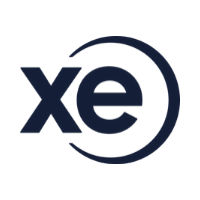
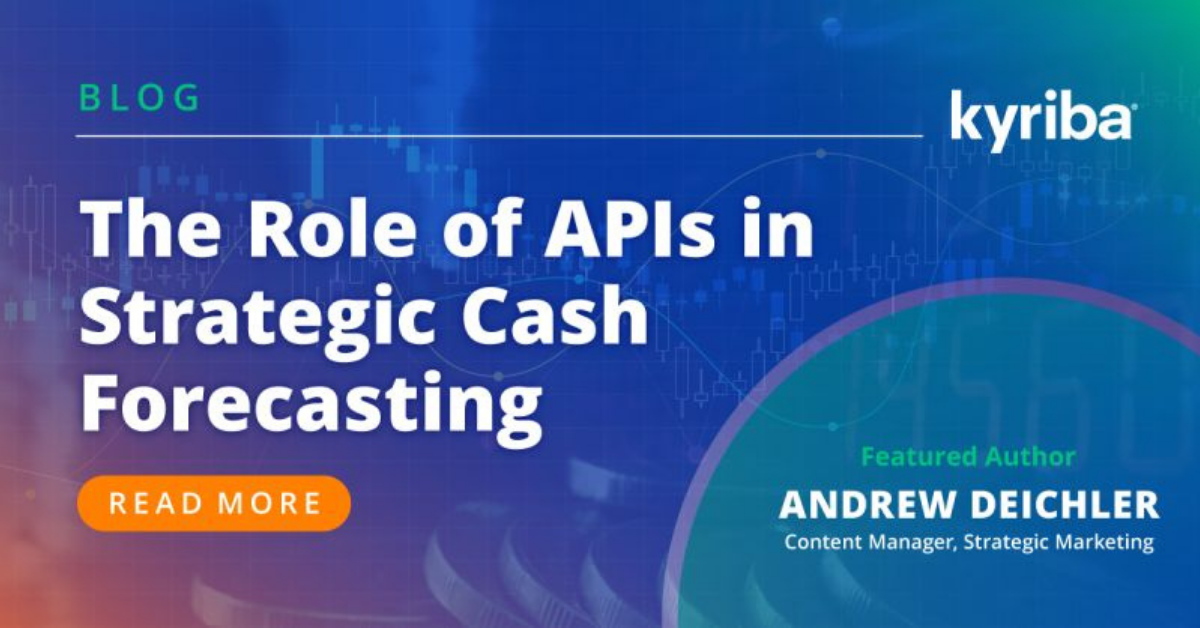
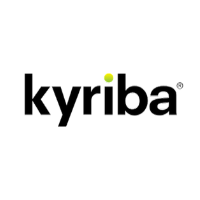
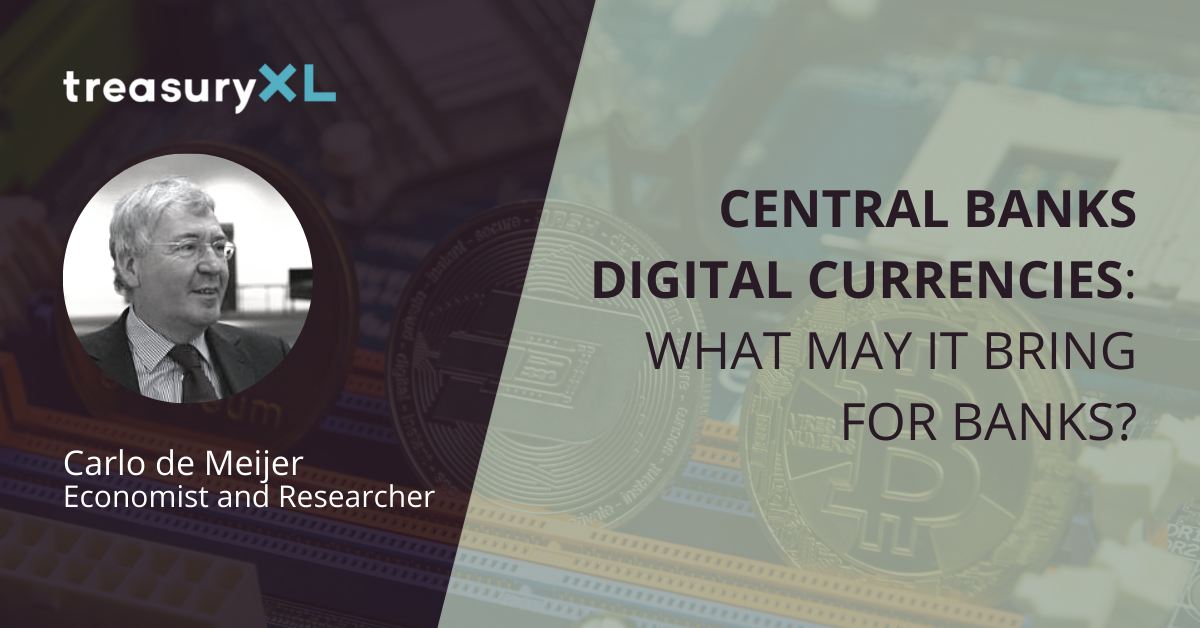

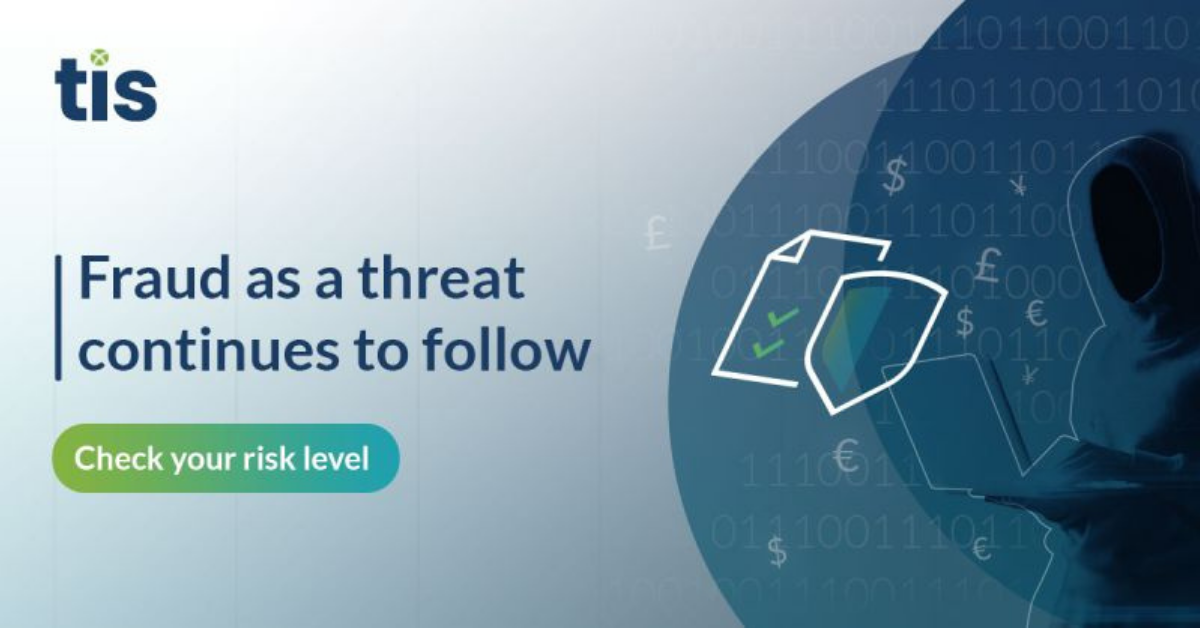
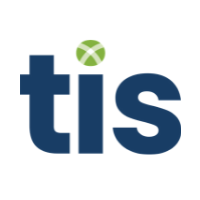



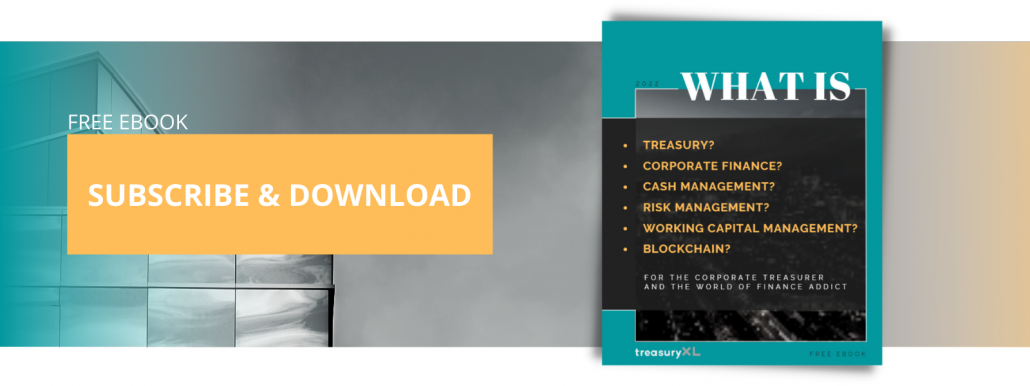

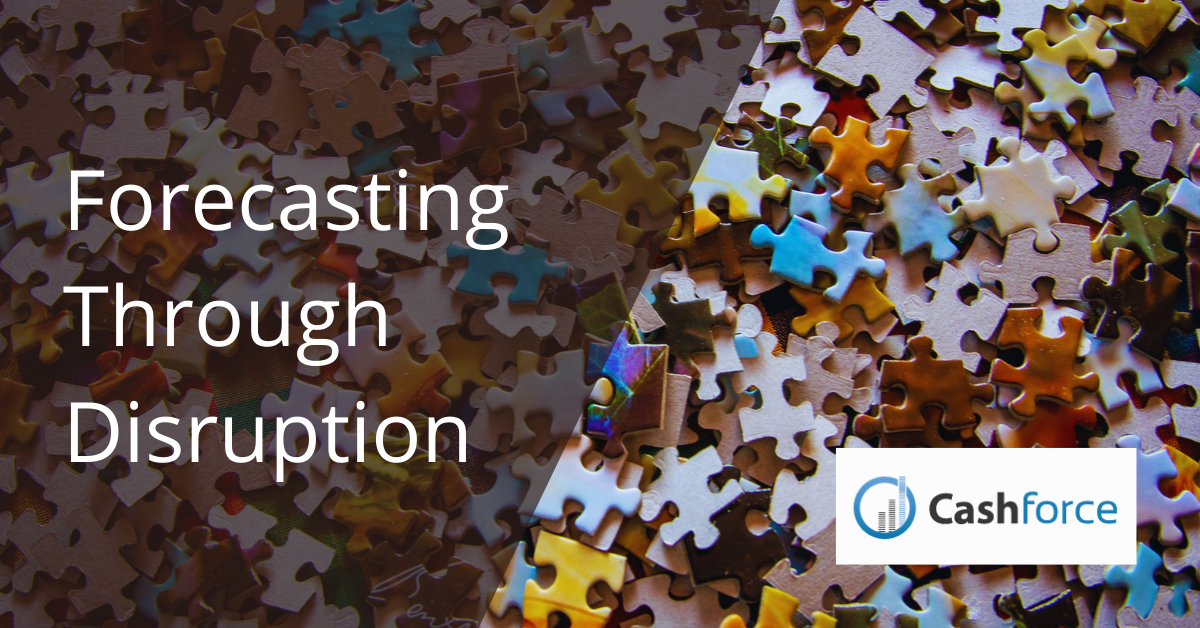

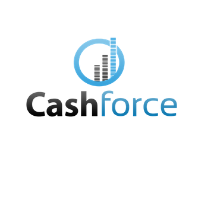
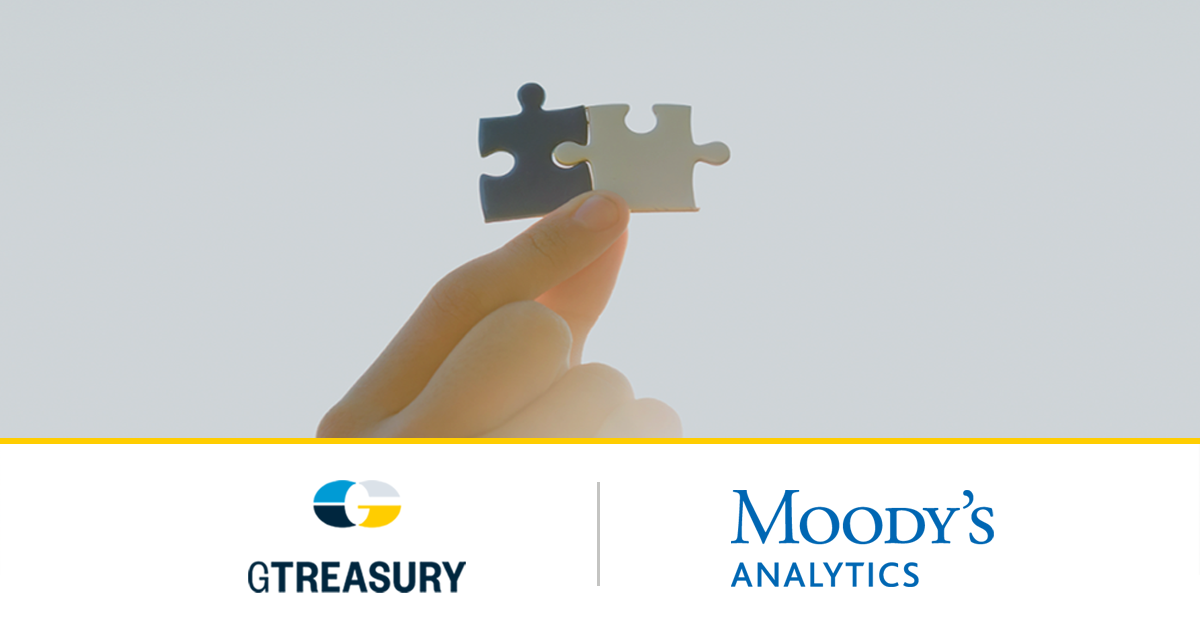
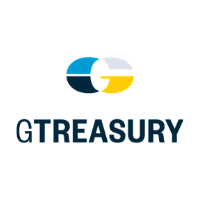
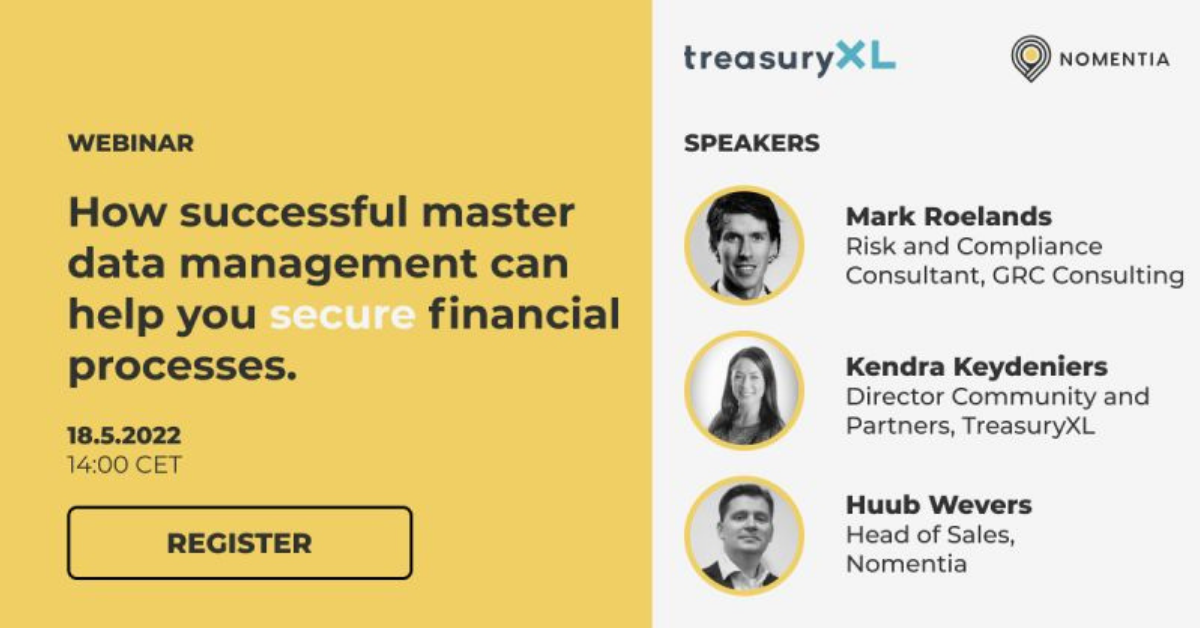
.png?width=1200&upscale=true&name=Group%2056%20(1).png)


